In agricultural irrigation, the quest for efficiency reigns high. Farmers and agriculturalists are constantly seeking innovative solutions to optimize water usage while maximizing crop yield. Among the many tools at their disposal, centrifugal transfer pumps and self-priming irrigation water pump systems emerge as indispensable components in this pursuit.
Centrifugal transfer pumps represent a cornerstone technology in the realm of fluid dynamics. These pumps operate on the principle of centrifugal force, wherein an impeller rotates within a casing, creating a centrifugal motion that propels water outward. This mechanism is particularly advantageous for irrigation applications due to its ability to efficiently move large volumes of water with relatively low energy consumption.
One of the key features of centrifugal transfer pumps is their self-priming capability. Traditional water pumps often require manual priming to remove air and establish suction, which can be cumbersome and time-consuming, especially in remote or challenging environments. However, self-priming pumps eliminate this hurdle by automatically purging air and initiating suction, thereby streamlining the irrigation process and reducing downtime.
In the context of irrigation, where water sources may be variable and unpredictable, the self-priming functionality of centrifugal transfer pumps proves invaluable. Whether drawing water from wells, rivers, or reservoirs, these pumps can quickly and efficiently prime themselves, ensuring a continuous flow of water to the fields without the need for constant monitoring or intervention.
Moreover, the versatility of centrifugal transfer pumps extends beyond their self-priming capability. These pumps are adept at handling a wide range of fluids, including clean water, slurry, and even corrosive or abrasive liquids encountered in industrial or agricultural settings. This adaptability makes them well-suited for diverse irrigation applications, from traditional farmland to specialized crops or hydroponic systems.
In addition to their operational efficiency, centrifugal transfer pumps offer benefits in terms of maintenance and longevity. With fewer moving parts compared to other pump designs, they exhibit reduced wear and tear, resulting in lower maintenance requirements and longer service life. Furthermore, advancements in materials science have led to the development of corrosion-resistant components, further enhancing durability and reliability in challenging environments.
As agricultural practices continue to evolve in response to changing environmental and economic factors, the role of centrifugal transfer pumps in irrigation systems is poised to expand. From small-scale farms to large agribusiness operations, the demand for efficient water management solutions will only continue to grow. In this context, the combination of centrifugal transfer pumps and self-priming technology represents a compelling solution to optimize water usage, increase crop productivity, and promote sustainable agricultural practices.
In conclusion, centrifugal transfer pumps embody a convergence of engineering ingenuity and practical utility, offering a versatile and efficient solution for irrigation water transfer. With their self-priming capability, operational reliability, and adaptability to diverse environments, these pumps play a vital role in enhancing irrigation efficiency and contributing to the sustainable future of agriculture.
Furthermore, ongoing research and development efforts continue to refine the design and performance of centrifugal transfer pumps, pushing the boundaries of efficiency and reliability. Innovations such as variable speed drives, smart sensors, and remote monitoring capabilities further enhance the functionality and effectiveness of these pumps in agricultural settings.
In the quest for sustainable water management practices, the integration of centrifugal transfer pumps into holistic irrigation systems holds promise for addressing water scarcity challenges while having less environmental impact. By optimizing water usage, reducing energy consumption, and mitigating the risk of waterborne diseases, these pumps contribute to the resilience and viability of agricultural communities worldwide.
In essence, the evolution of centrifugal transfer pumps represents a testament to human ingenuity and the ongoing quest for efficiency and sustainability in agriculture. As we continue to harness the power of technology to meet the challenges of the 21st century, these pumps stand as a beacon of innovation, driving progress toward a more prosperous and resilient future for generations to come.

 English
English русский
русский Español
Español
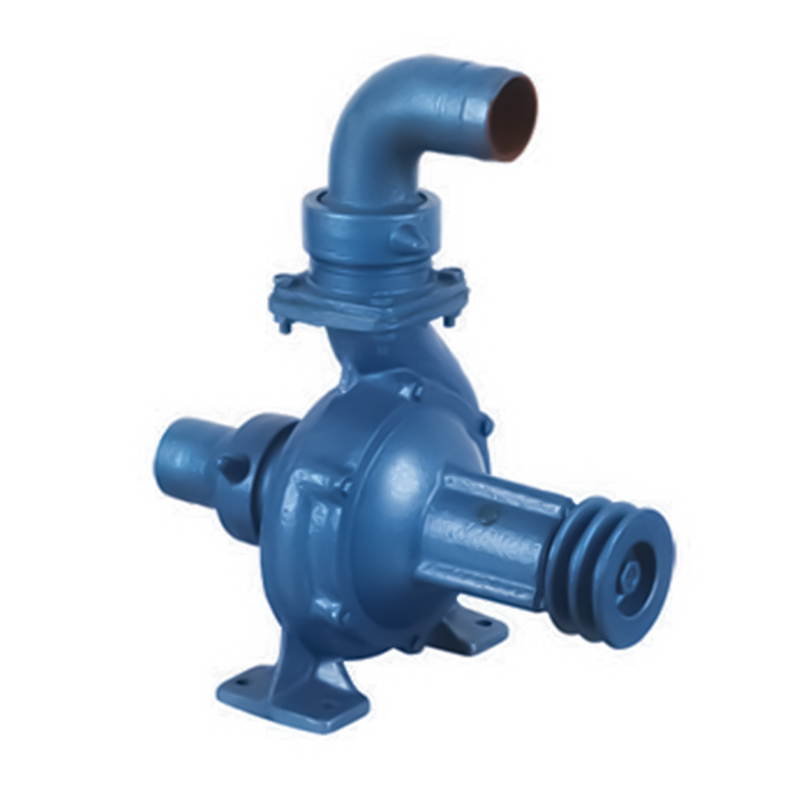
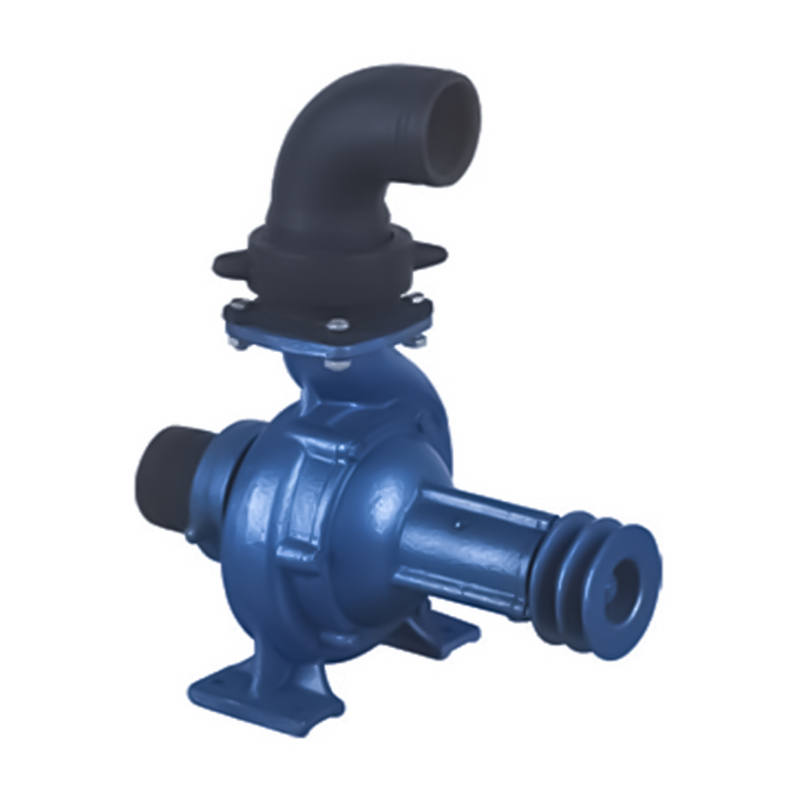

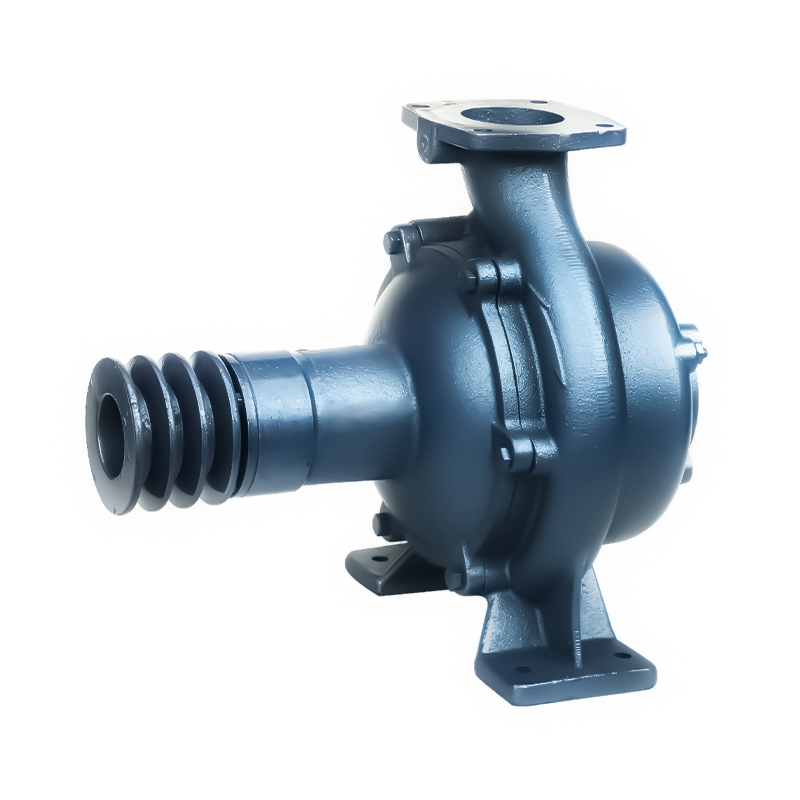
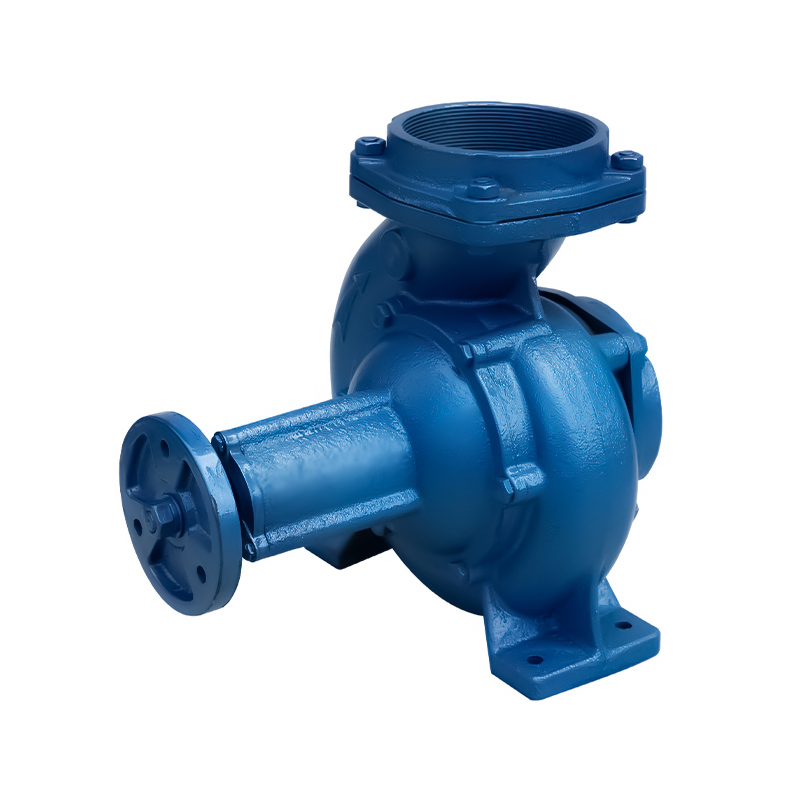
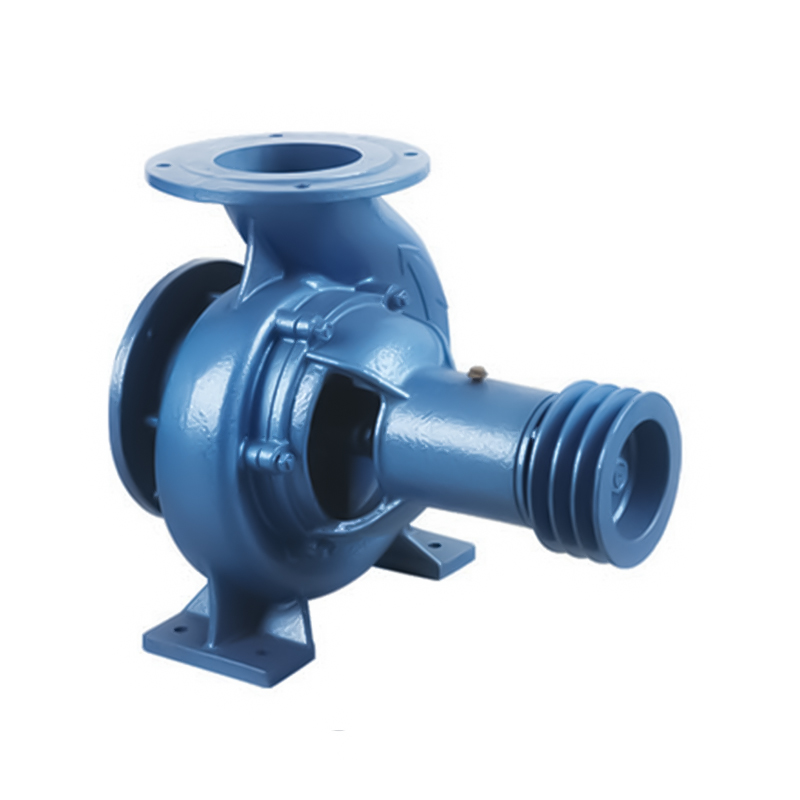
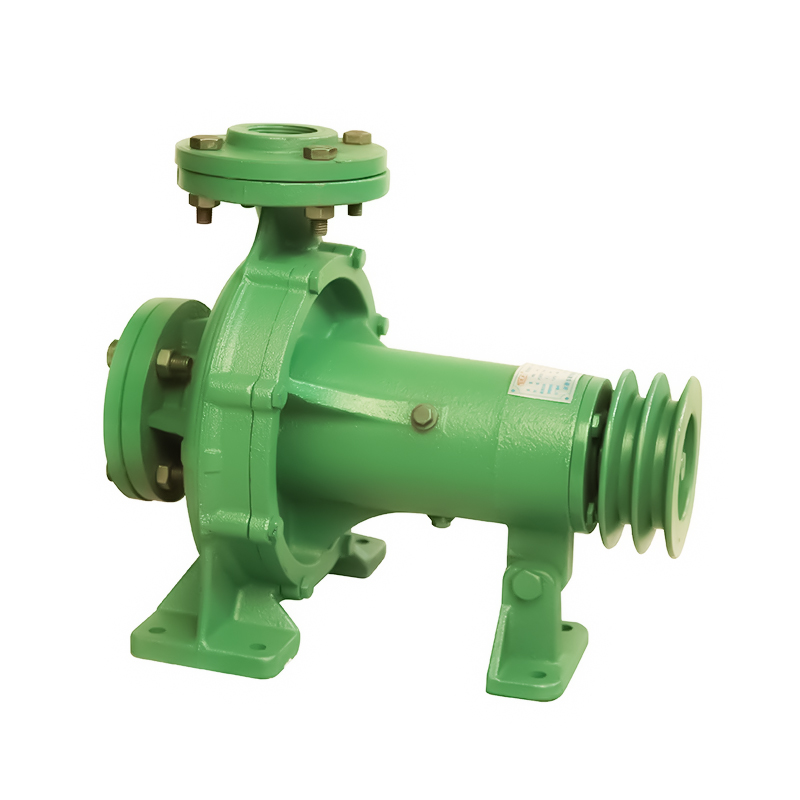

 Email:
Email:
 Phone:+86-13605899207
Phone:+86-13605899207

